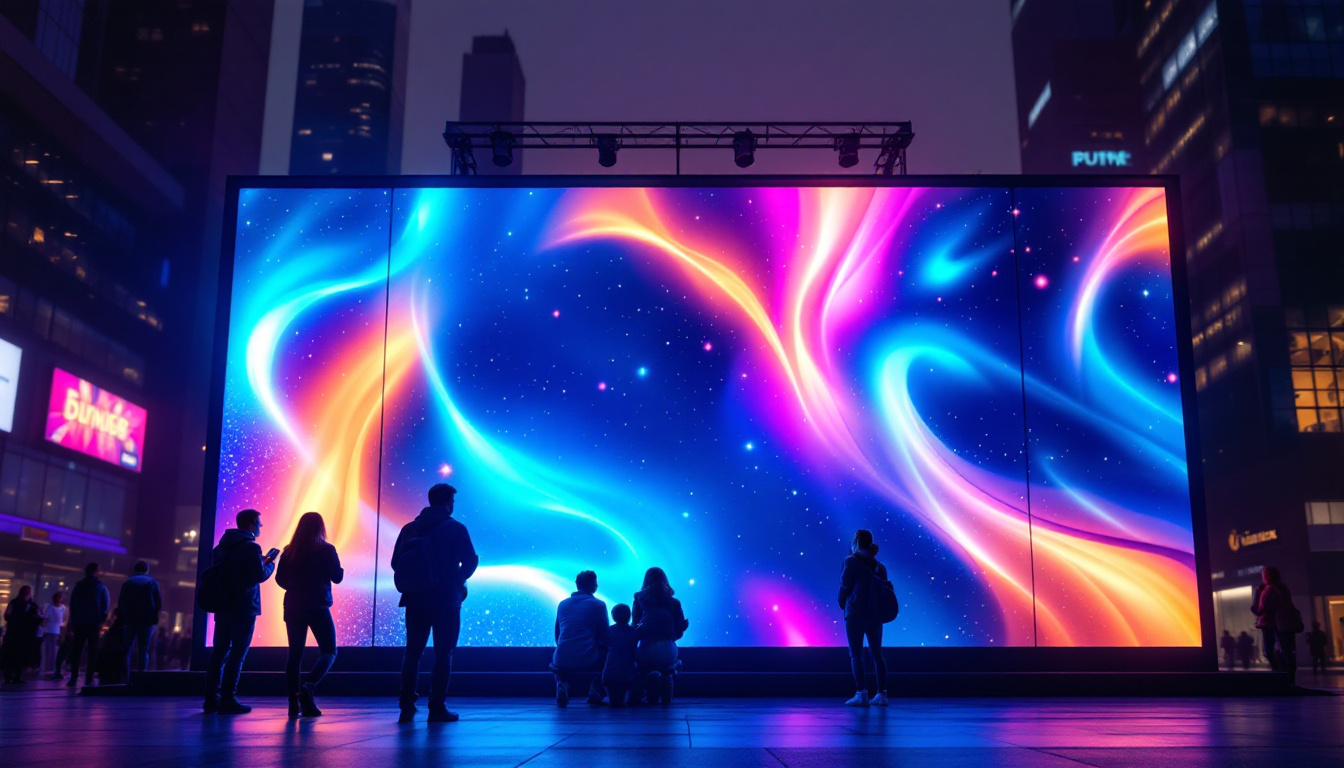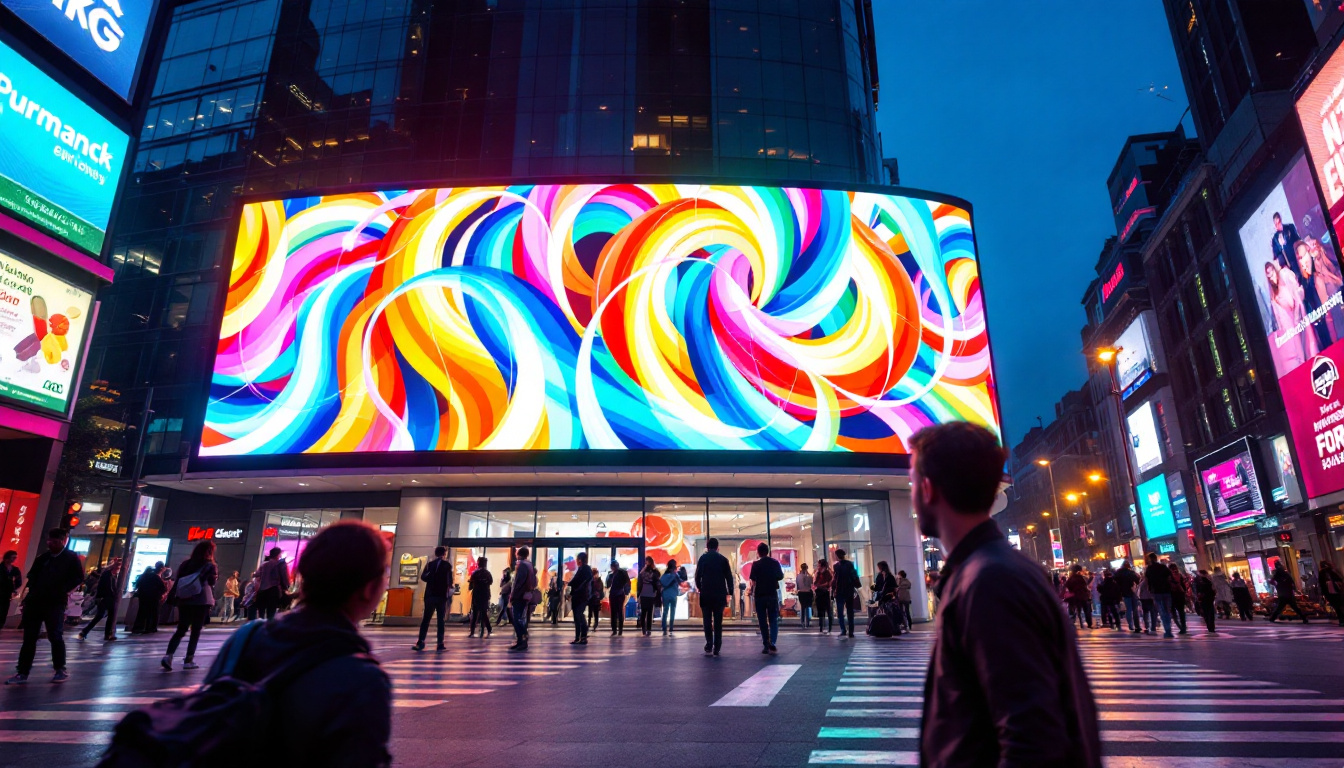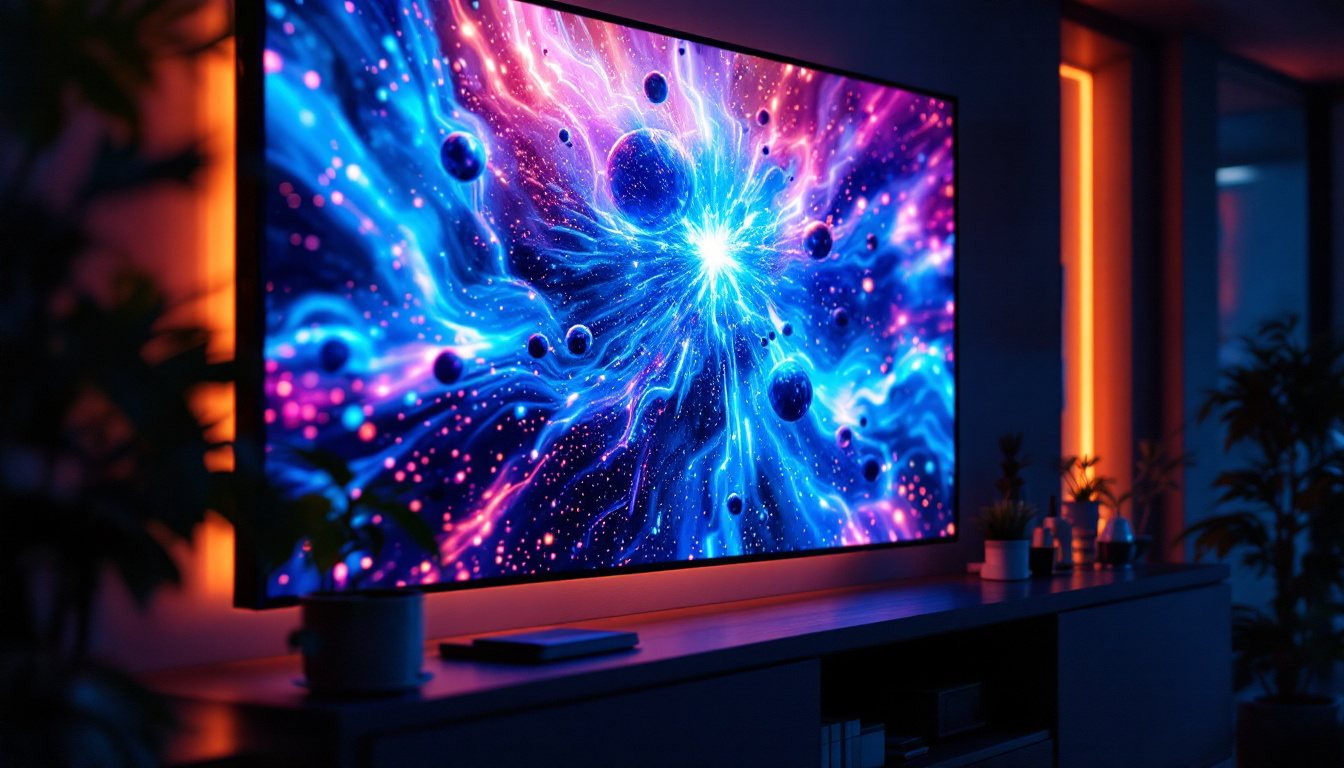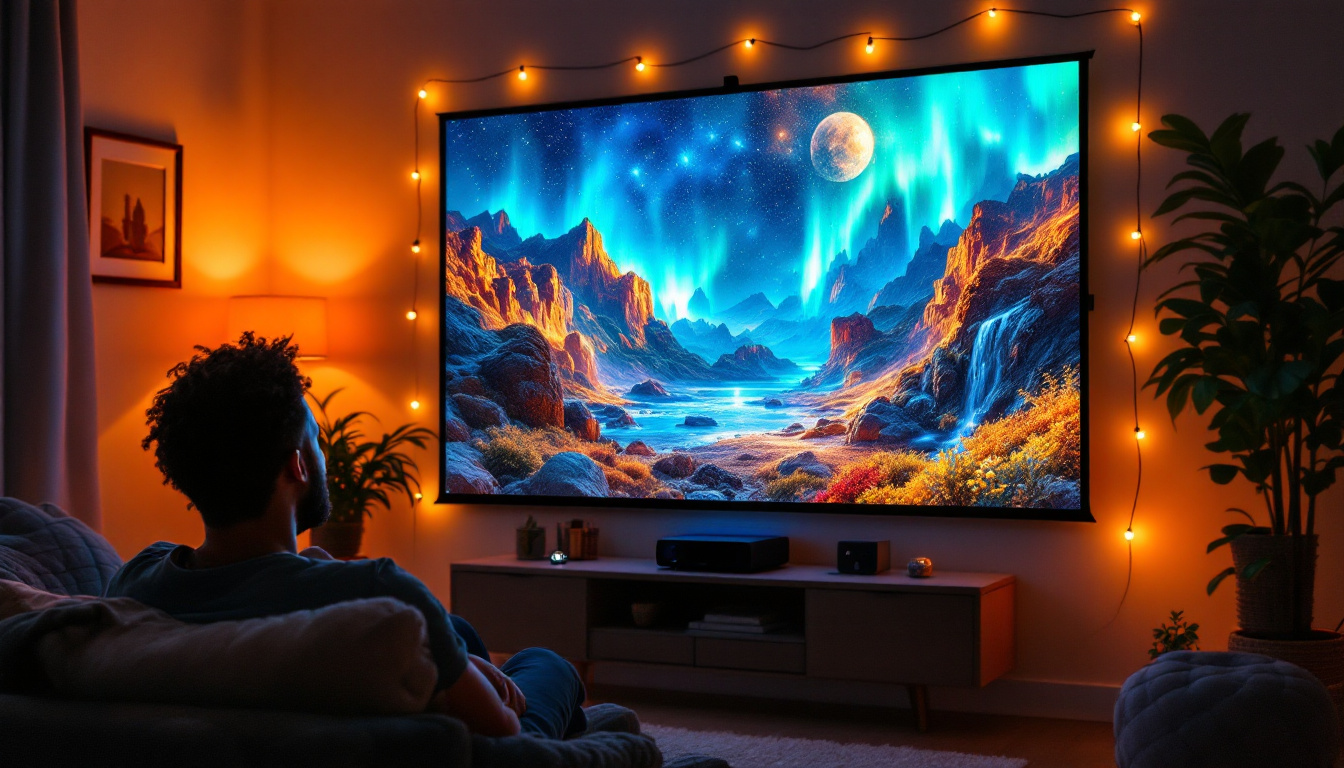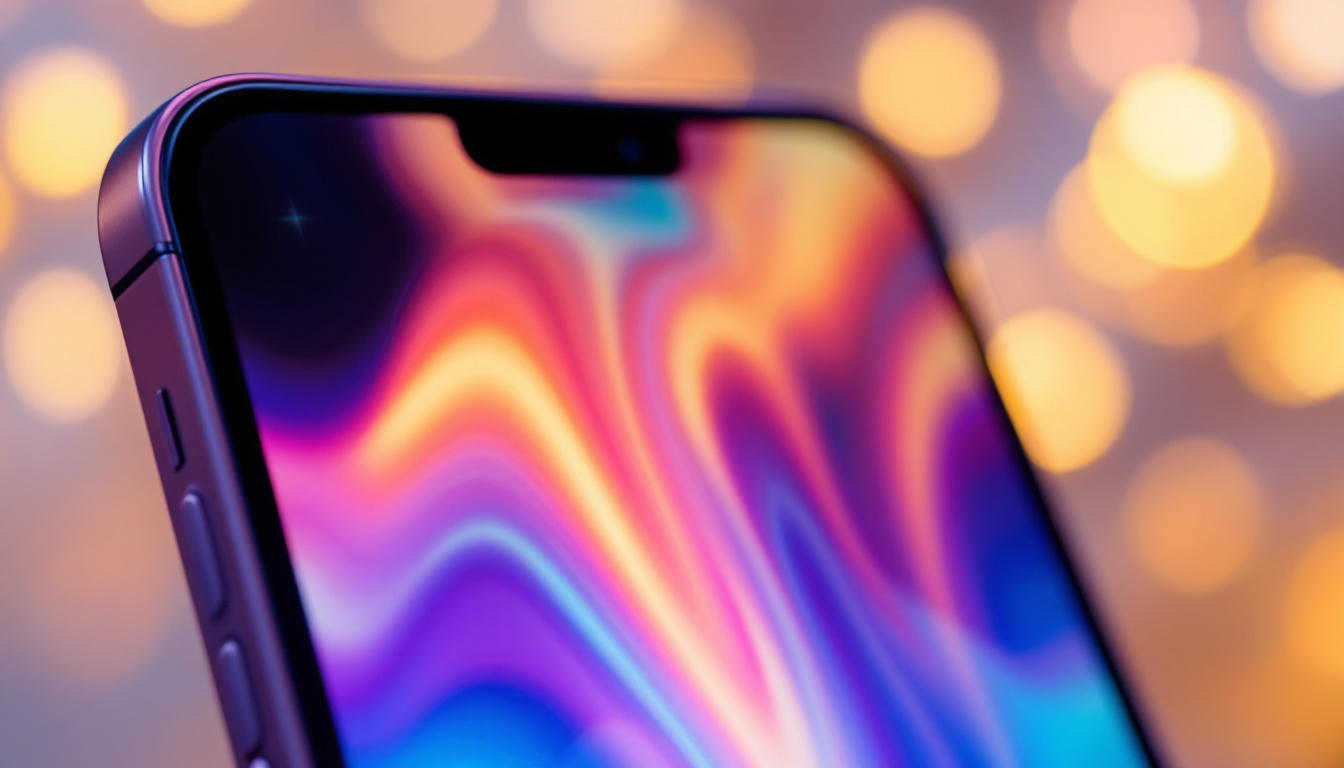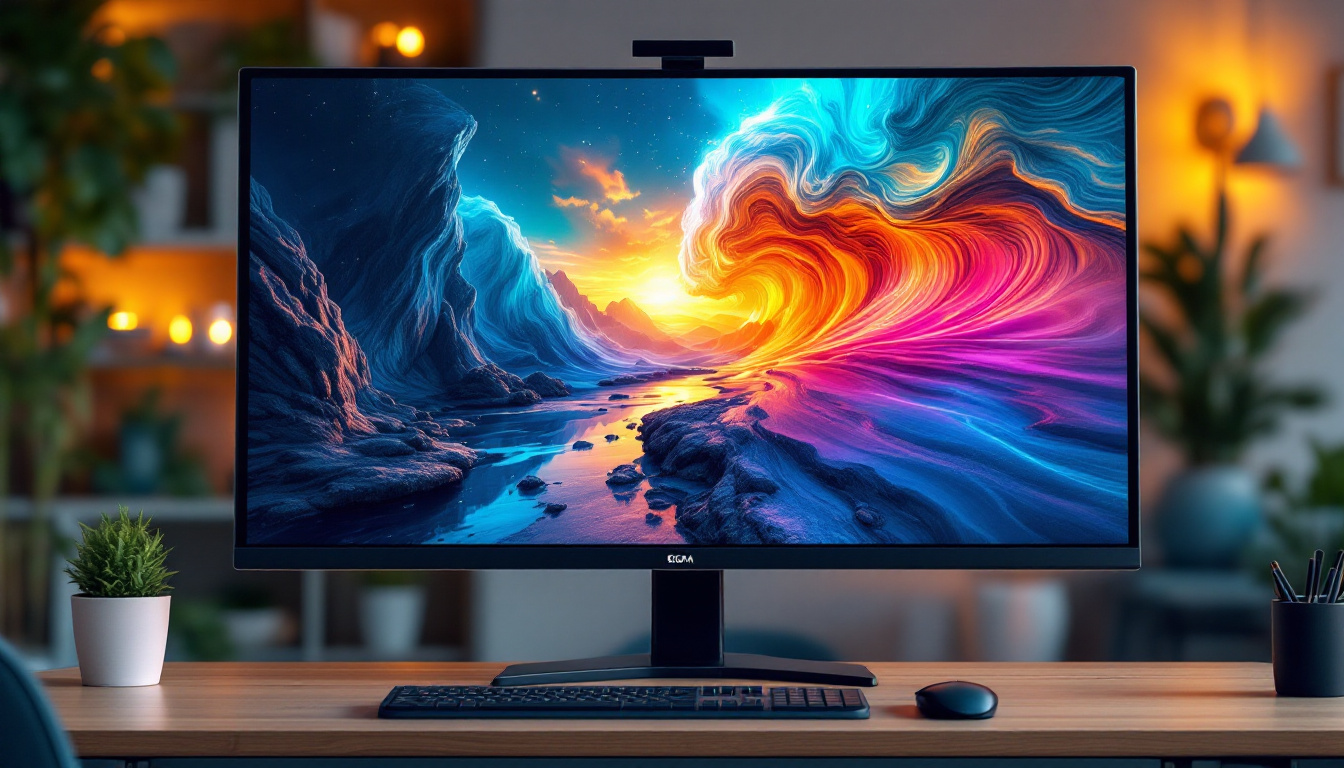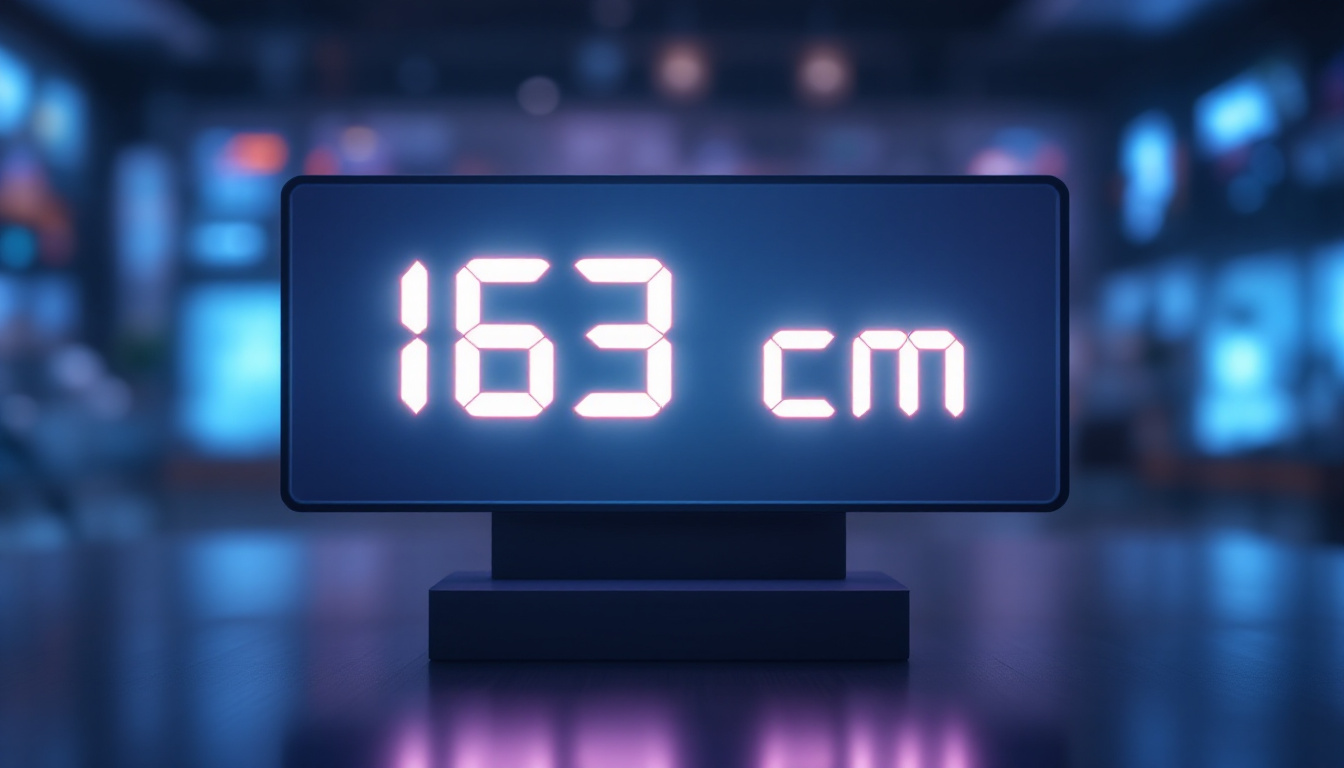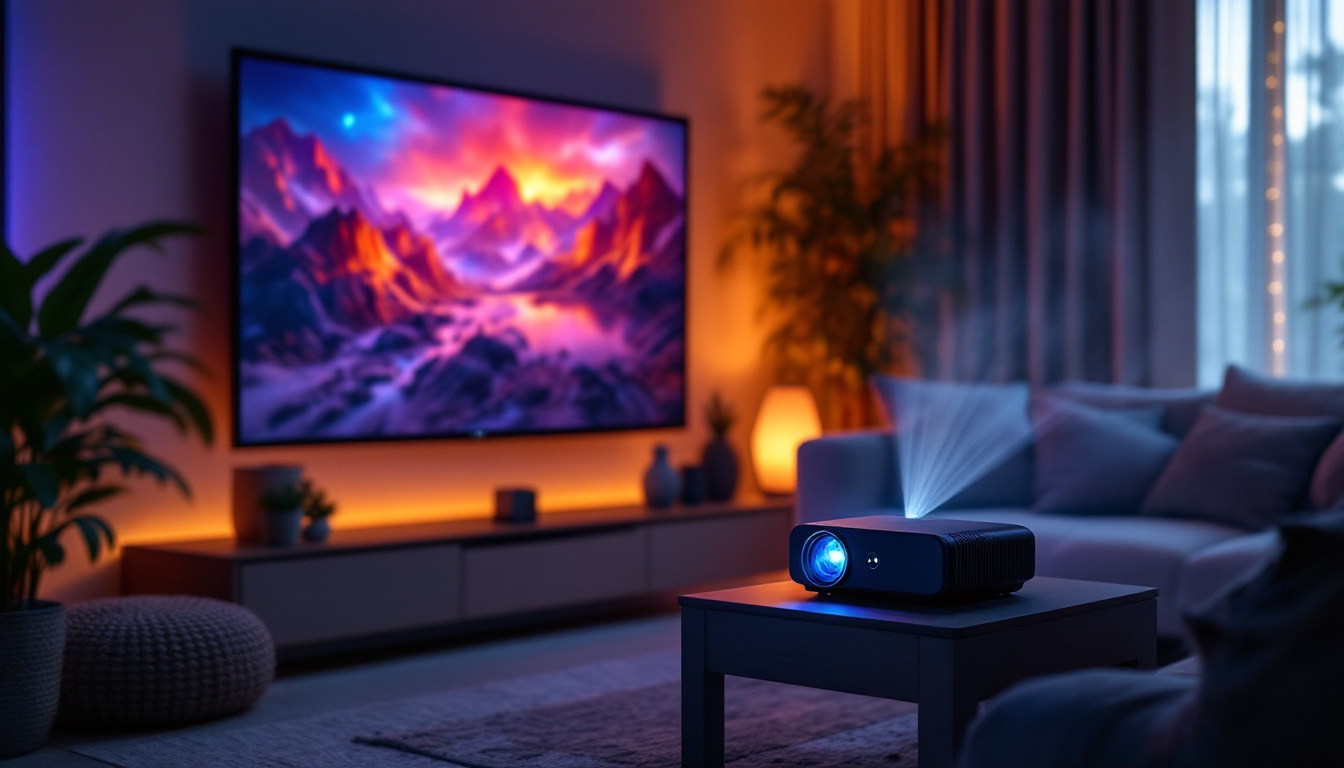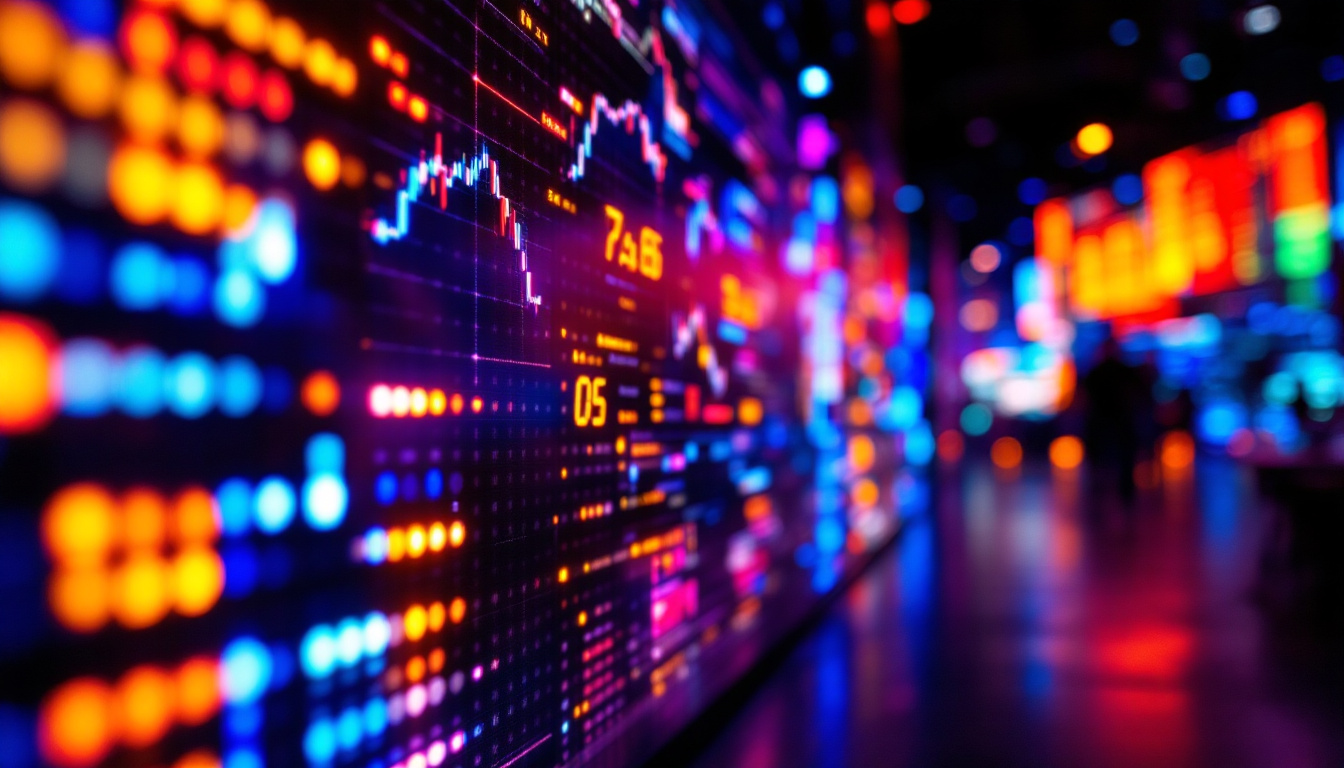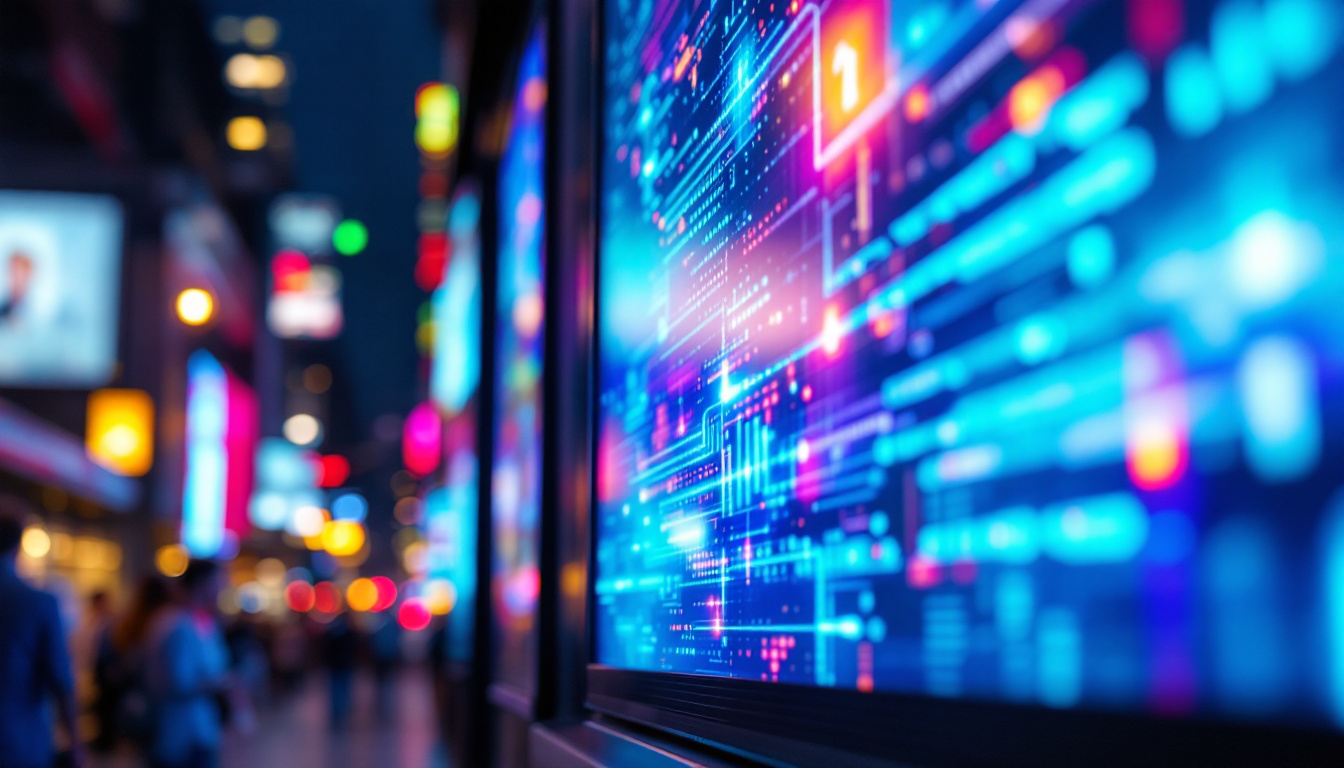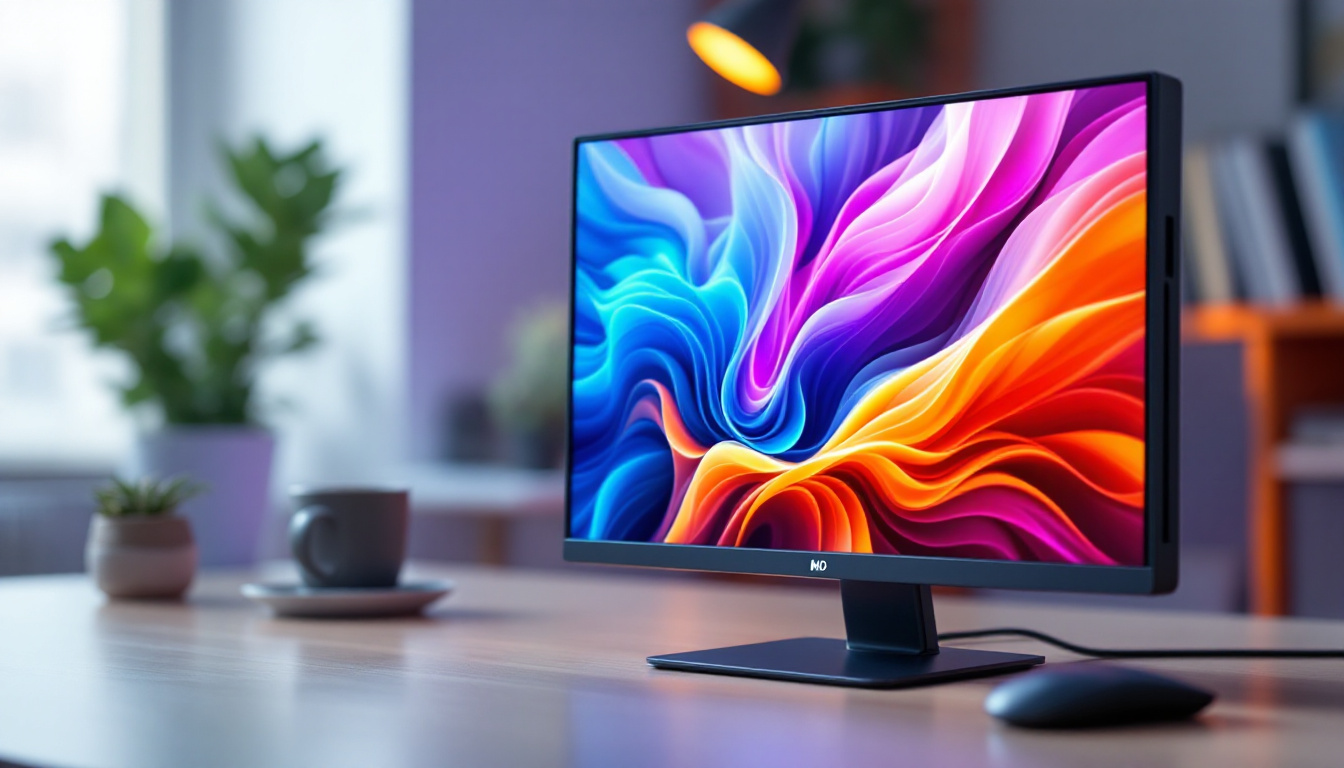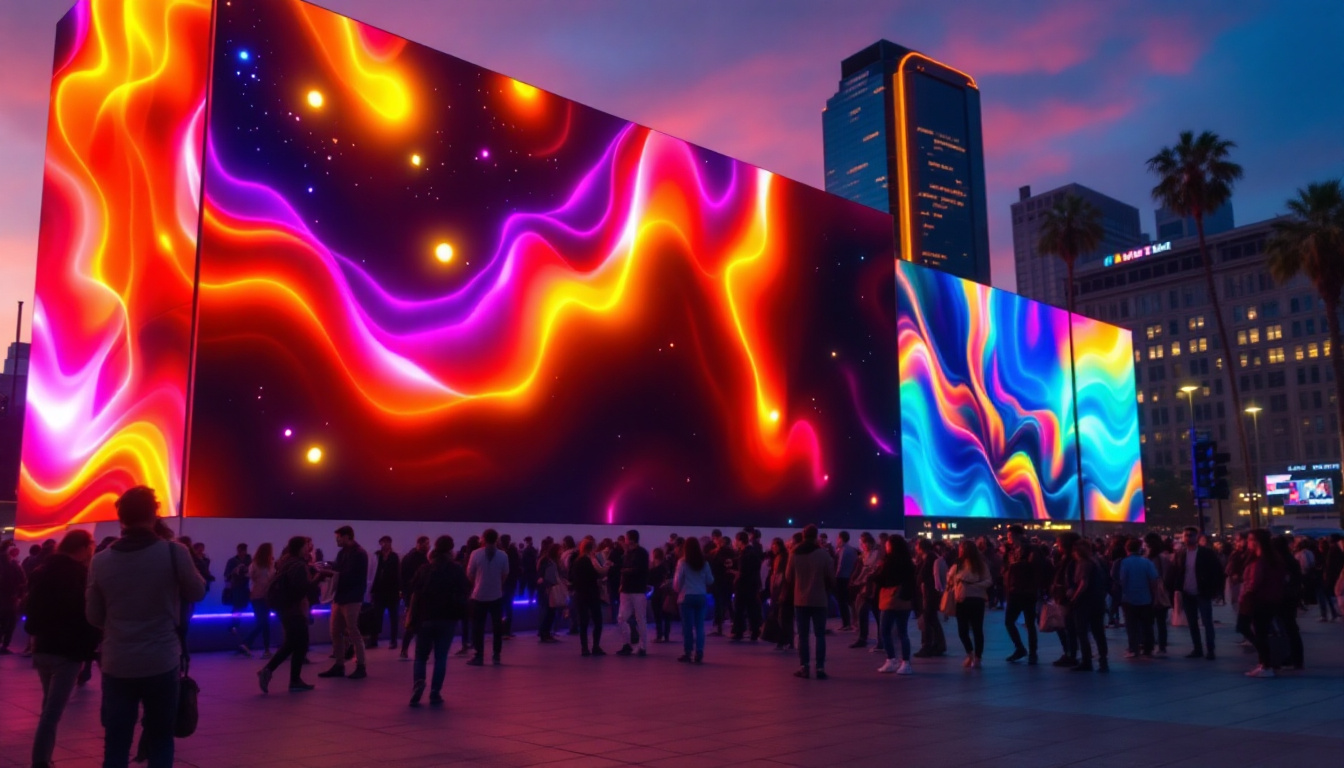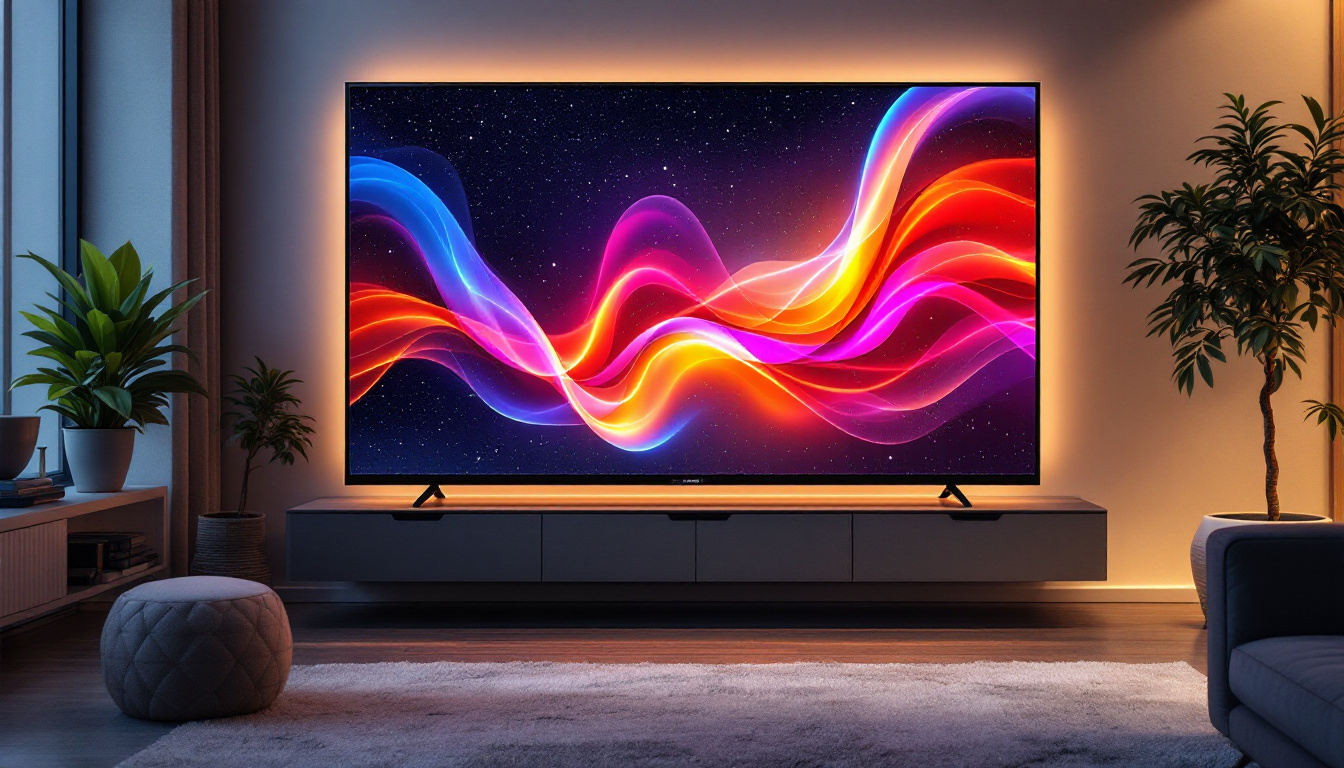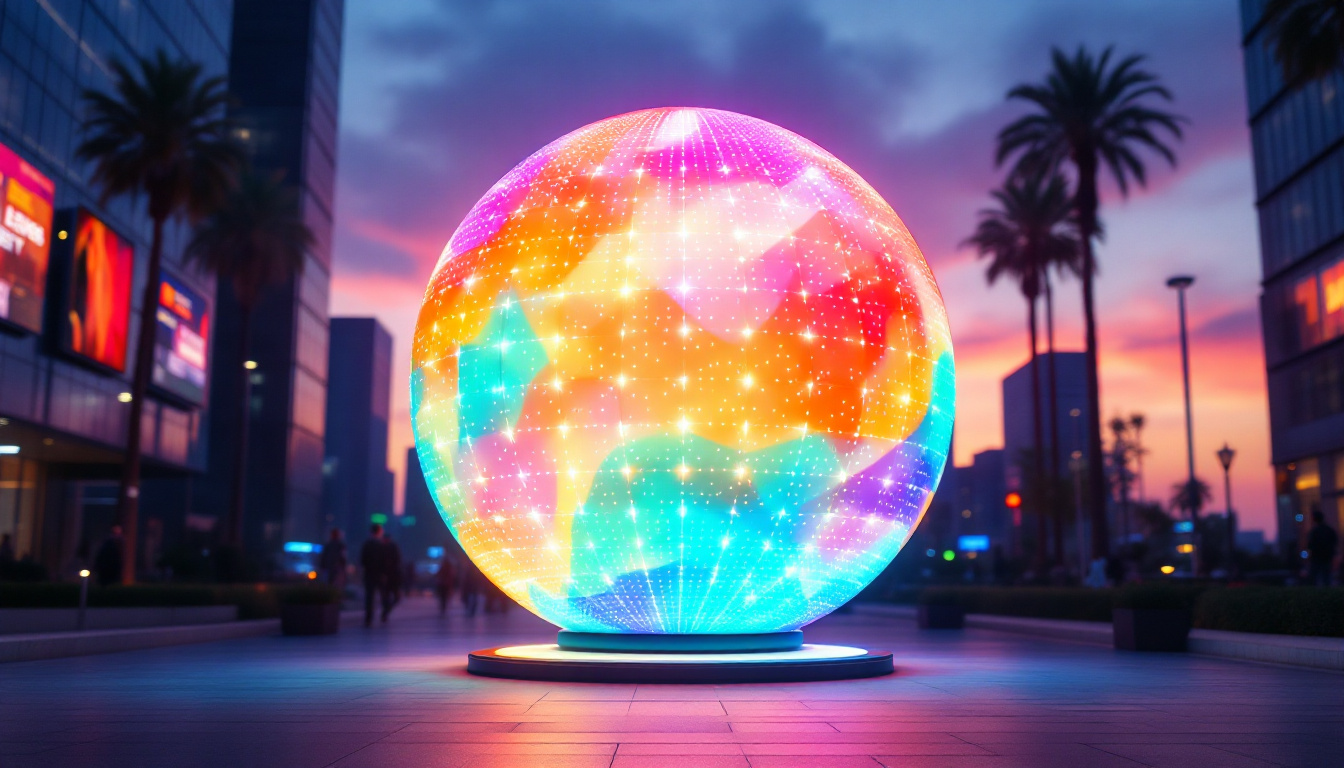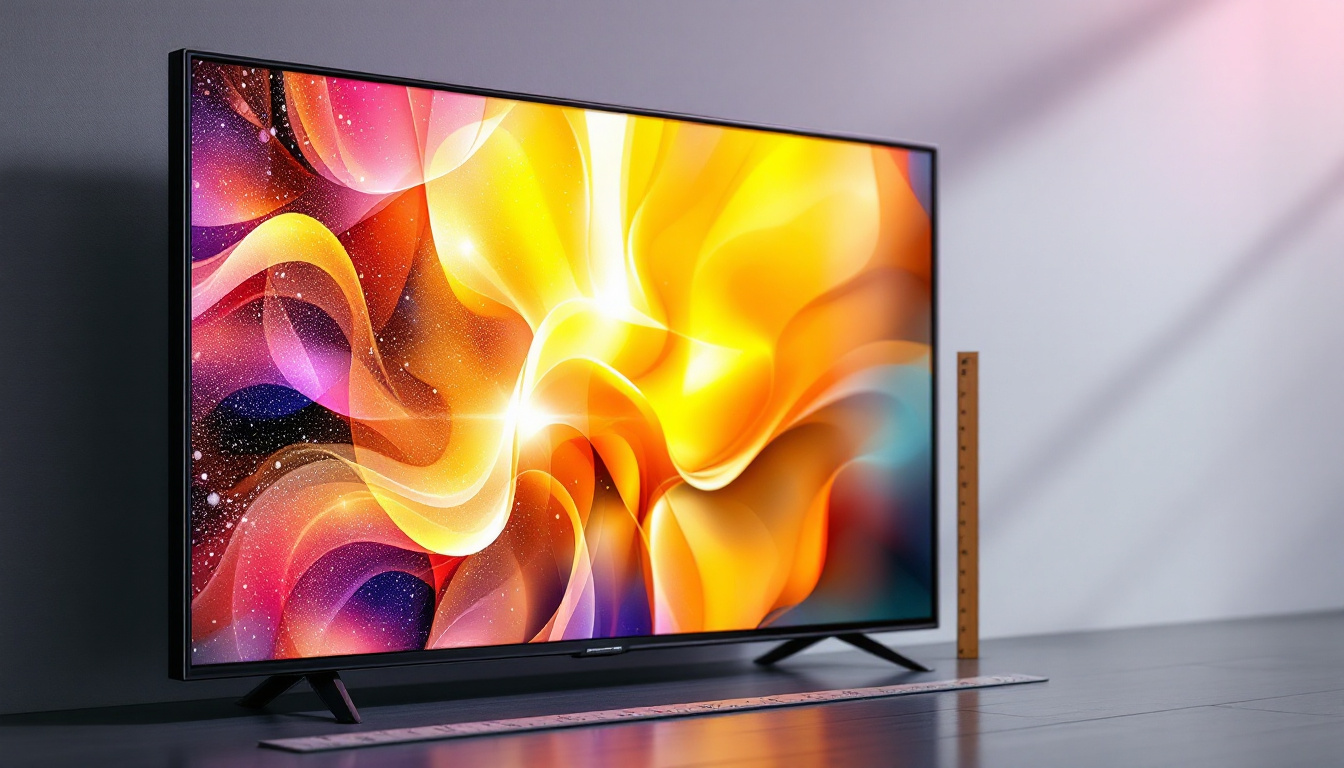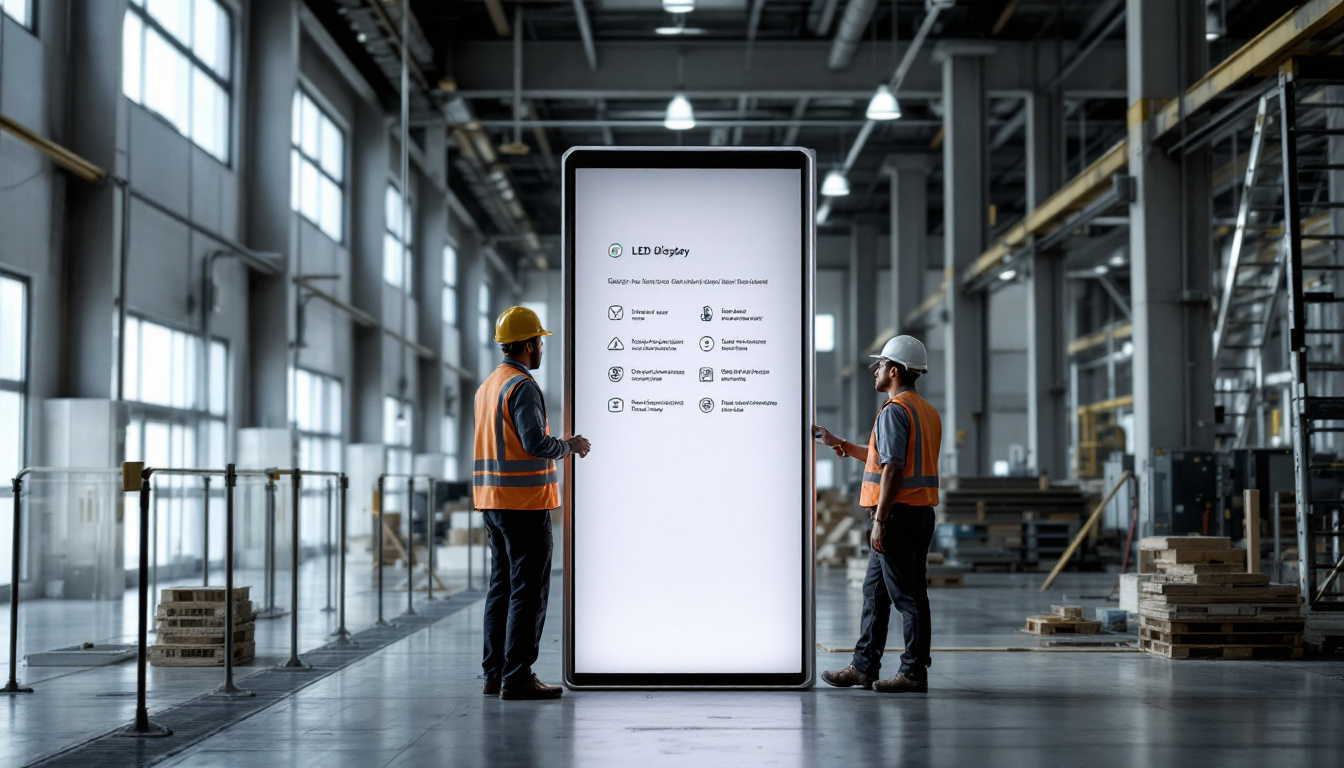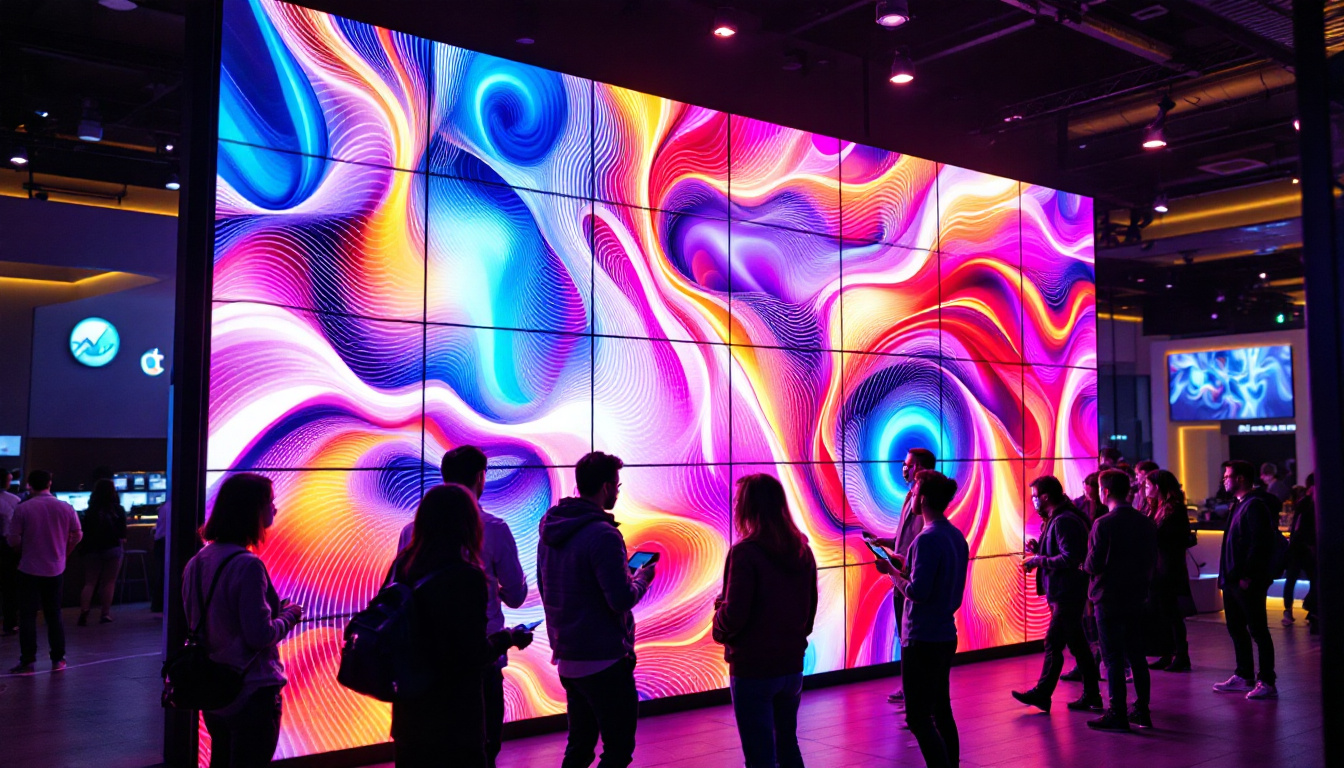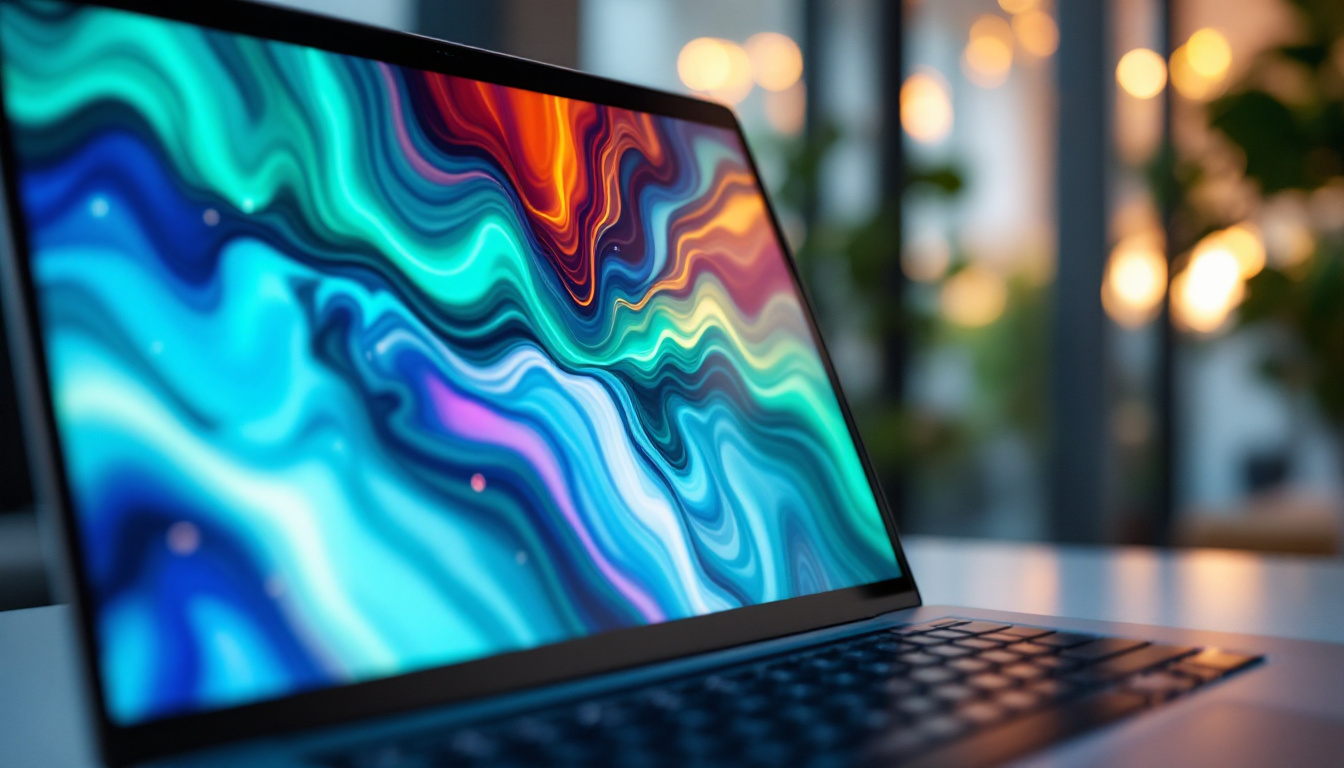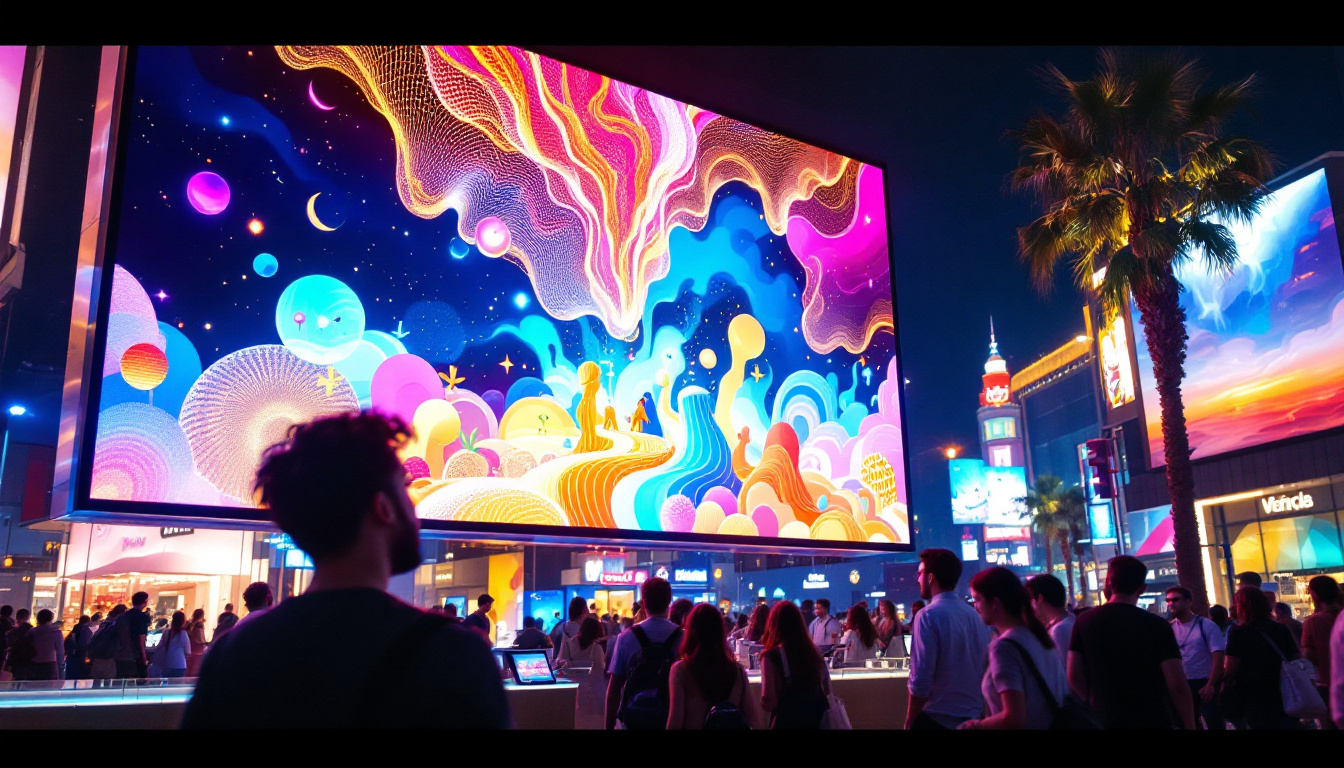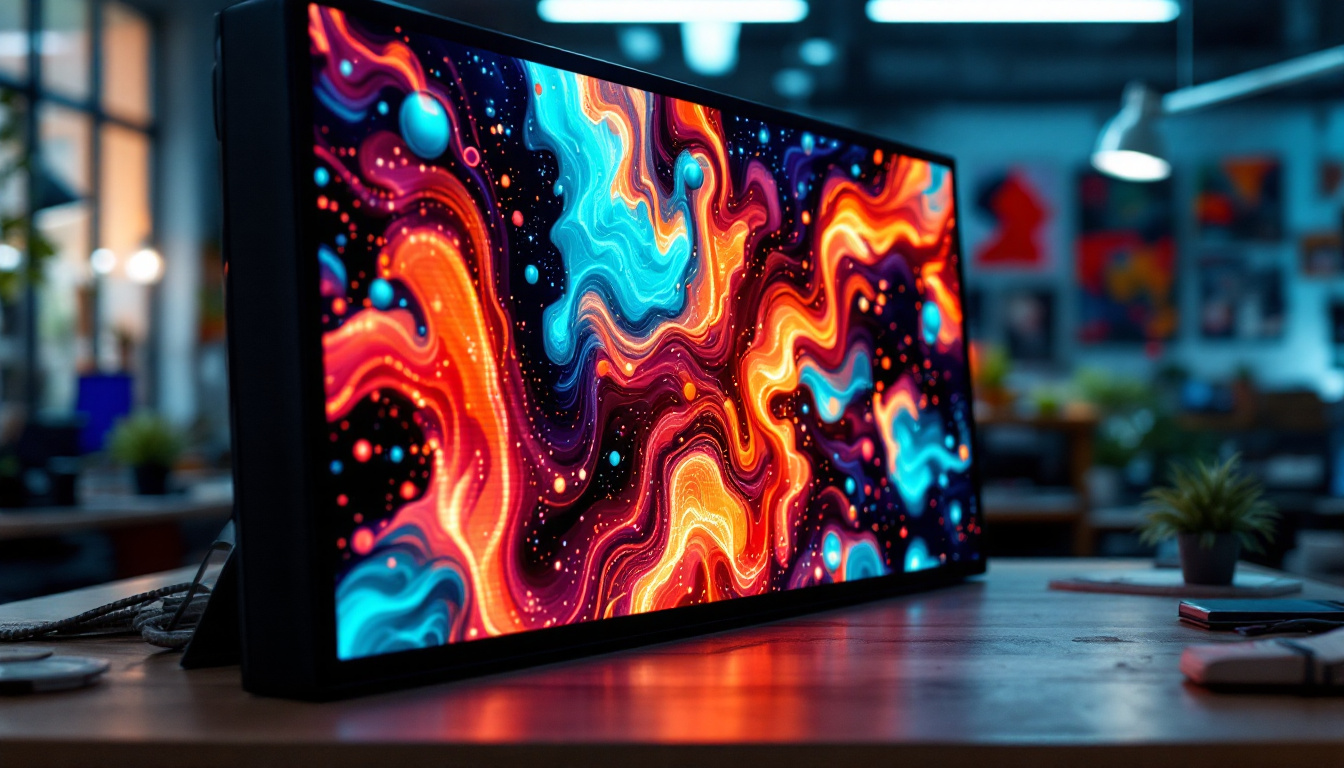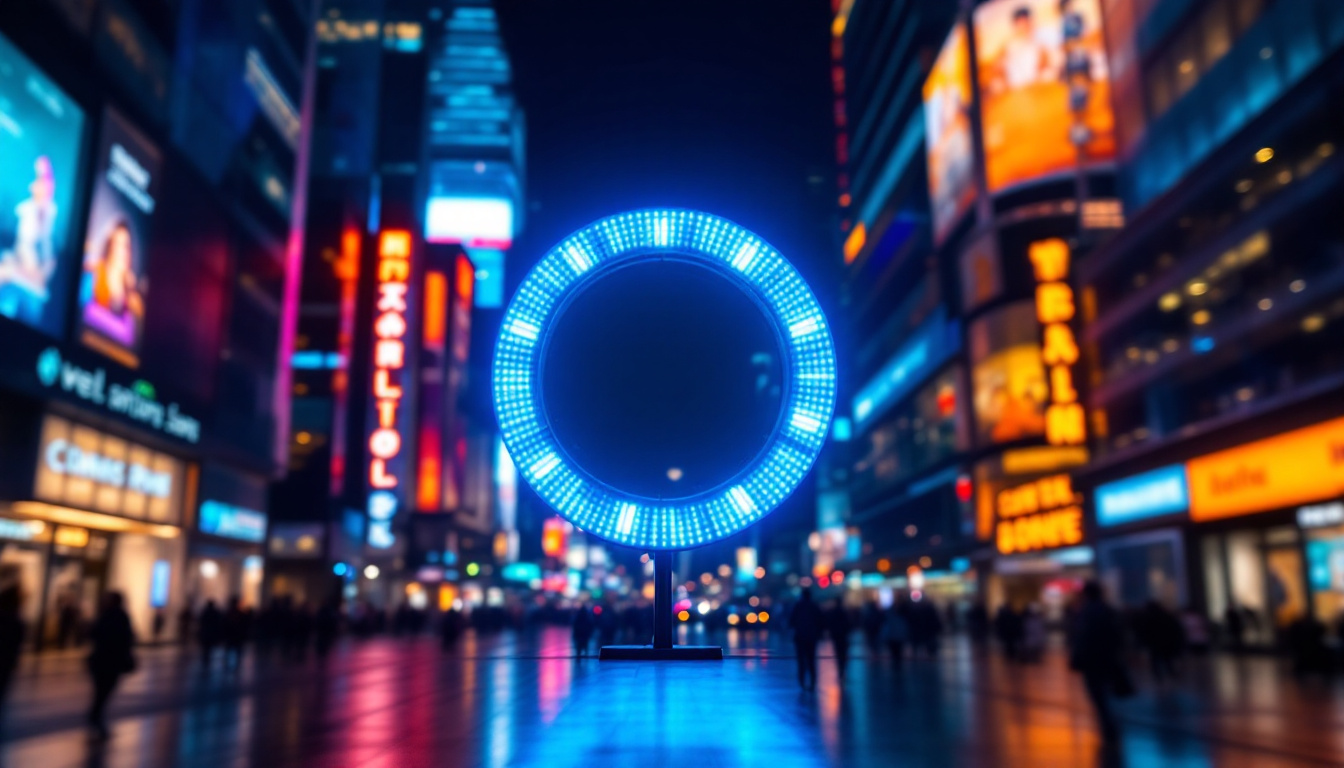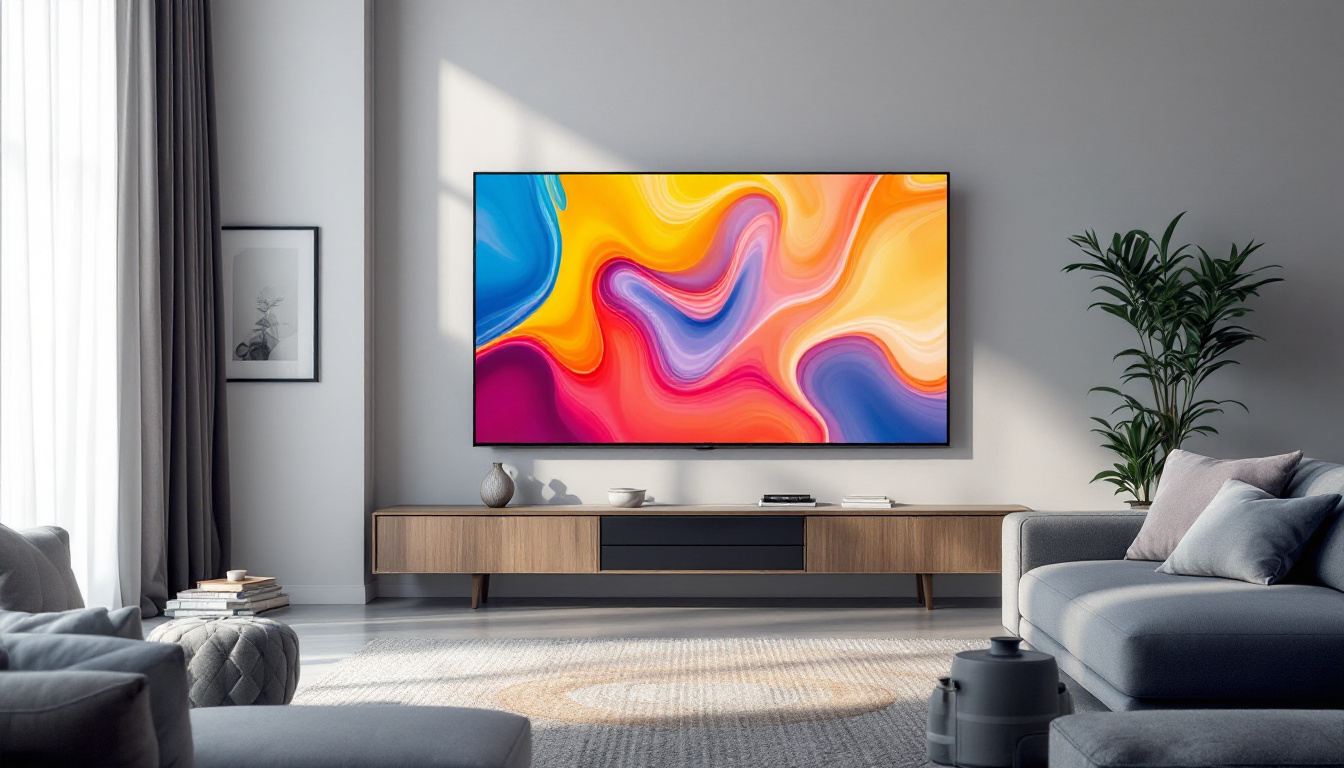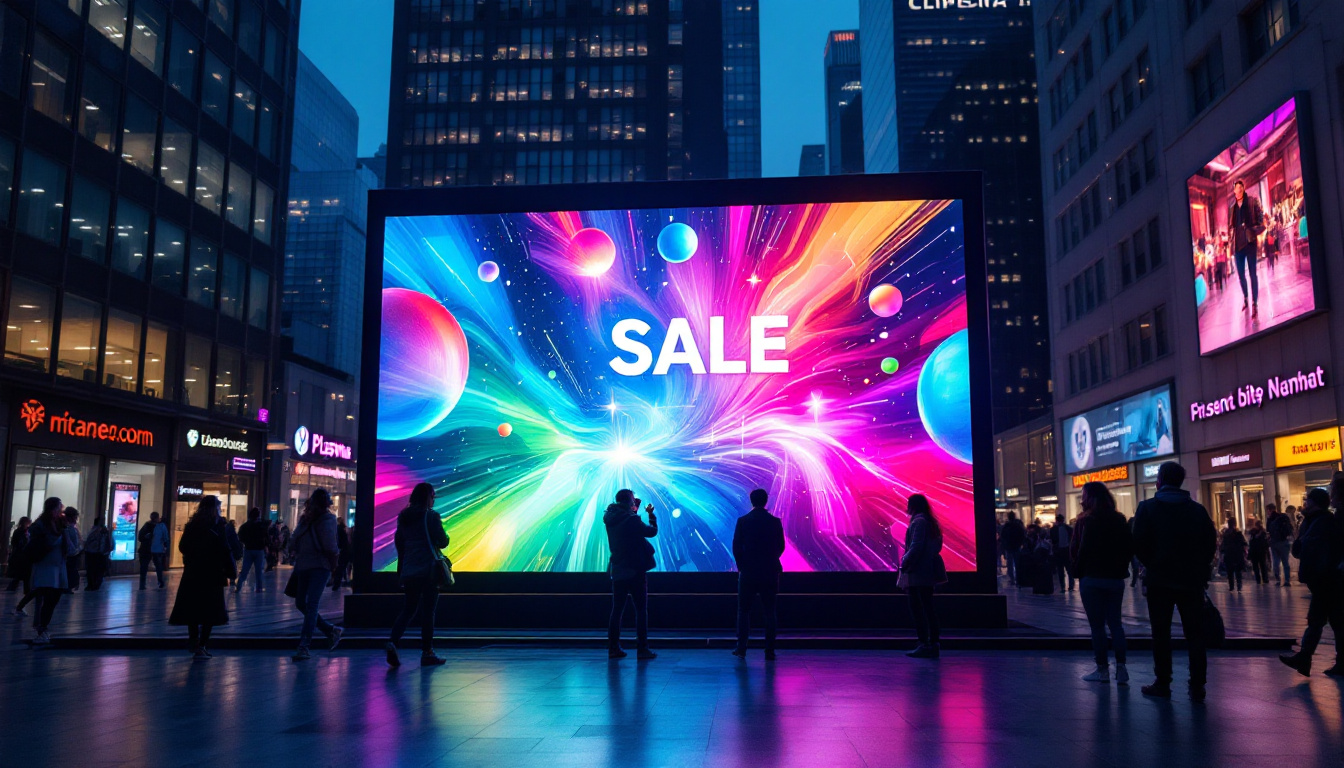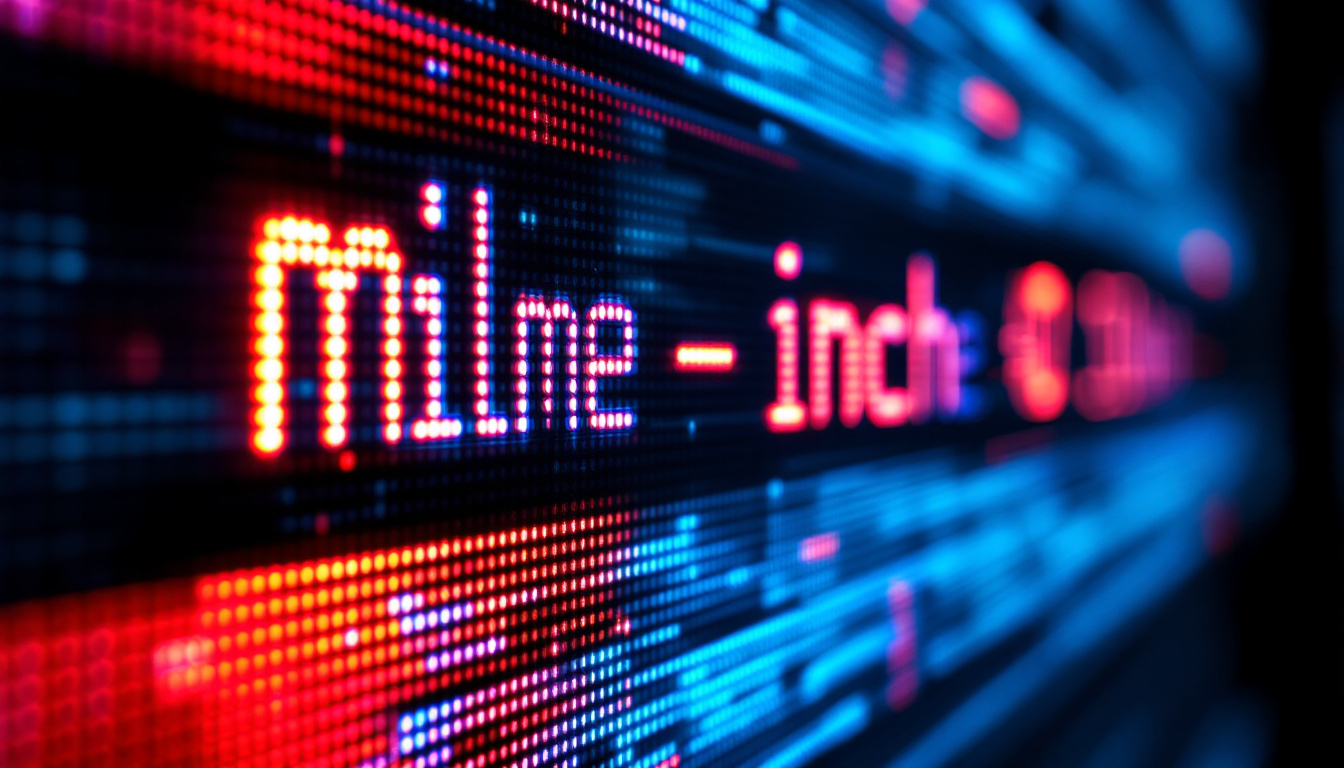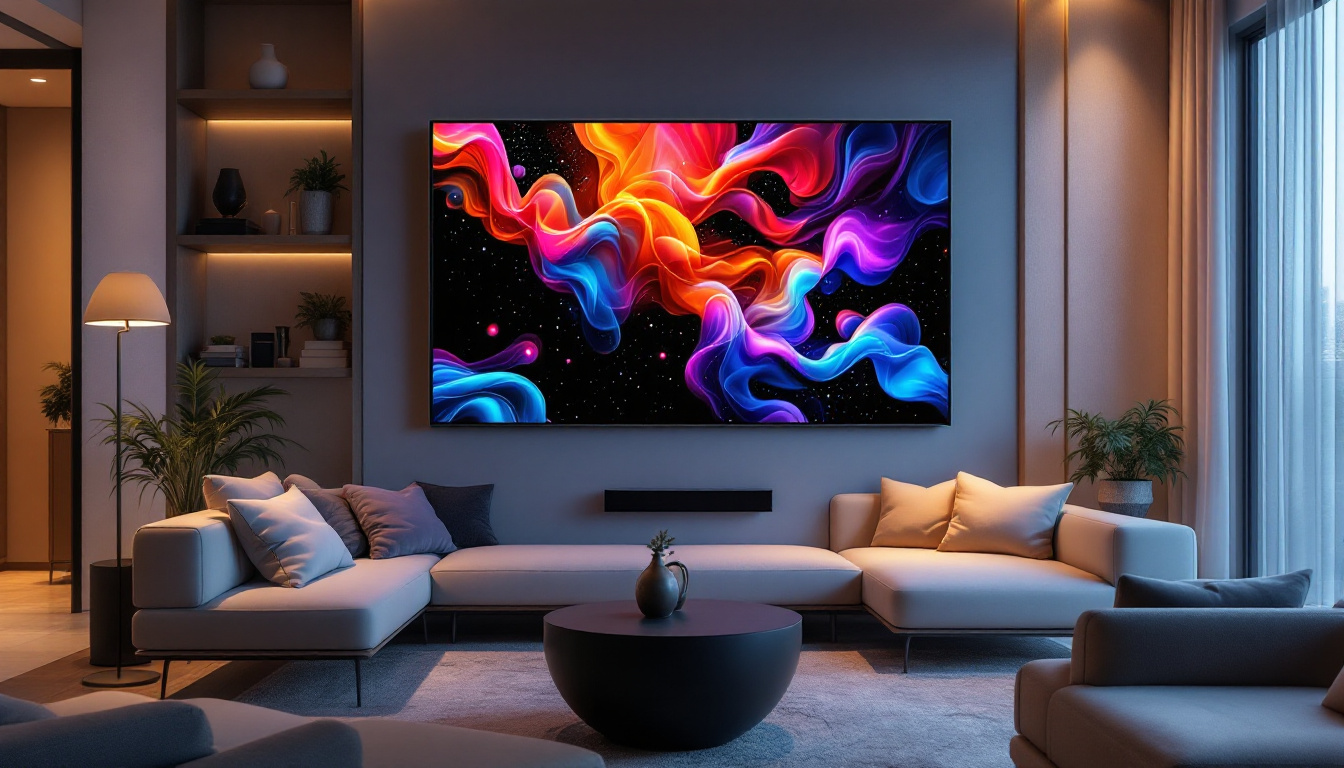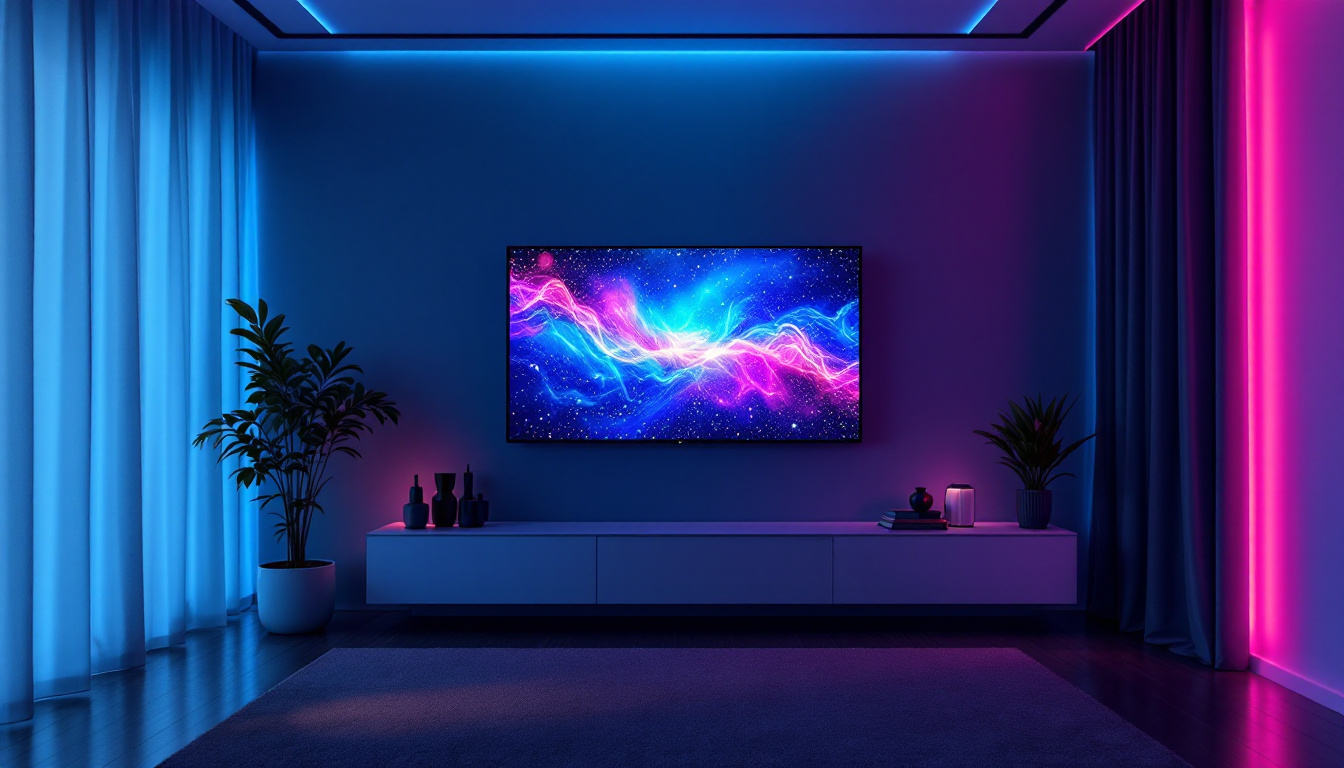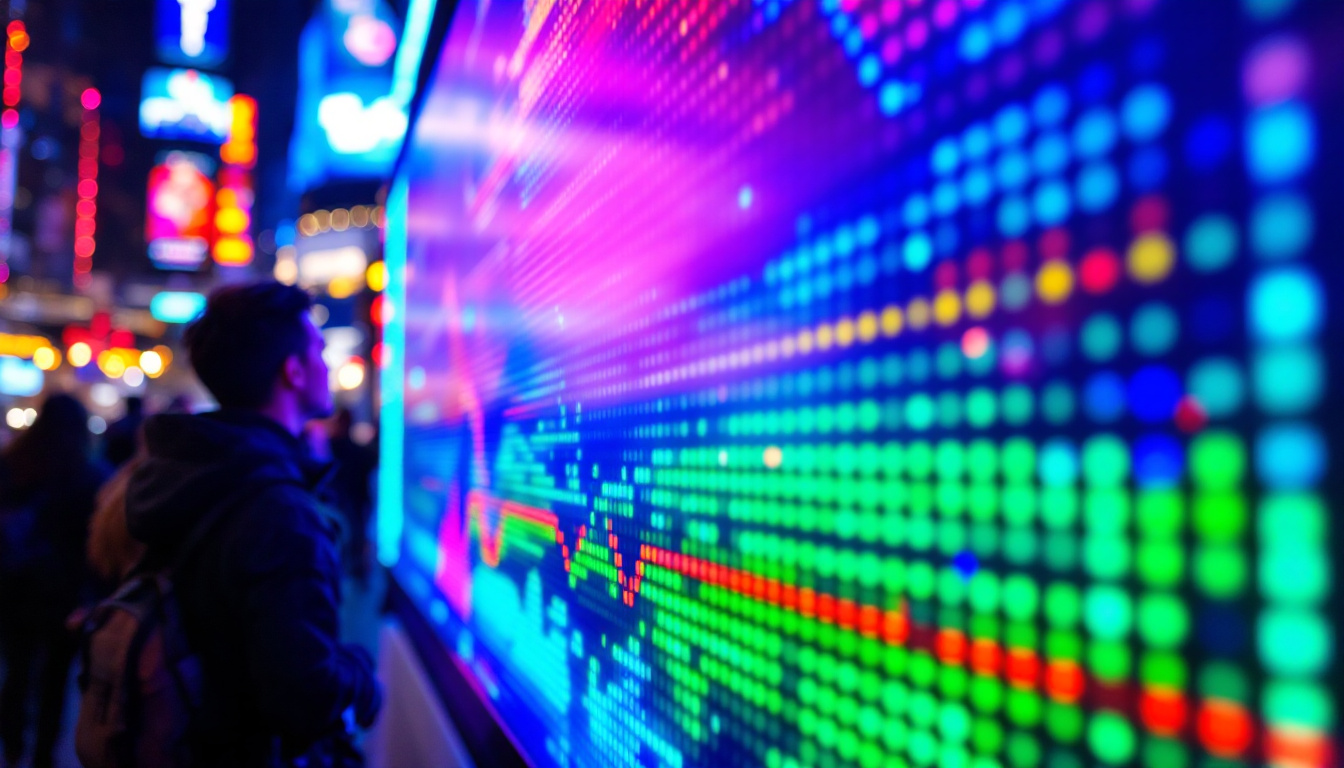In the modern world, technology has become an integral part of our daily lives, transforming the way we communicate, work, and entertain ourselves. One of the most significant advancements in display technology is the LED (Light Emitting Diode) display. This article delves into the intricacies of LED displays, their advantages, applications, and the importance of recycling them to promote sustainability.
Understanding LED Technology
LED technology has revolutionized the way we perceive visual information. Unlike traditional displays that rely on liquid crystals or cathode ray tubes, LED displays use semiconductor materials to emit light when an electric current passes through them. This fundamental difference in operation leads to numerous benefits, making LED displays a popular choice in various sectors.
How LED Displays Work
The core of an LED display consists of a matrix of tiny light-emitting diodes. Each diode can emit different colors, and when combined, they create a full spectrum of colors visible to the human eye. The arrangement of these diodes can vary, leading to different types of displays, such as RGB (Red, Green, Blue) and monochrome displays.
When an image or video is displayed, the diodes are activated in specific patterns to produce the desired visual output. The brightness and clarity of the image depend on the quality of the diodes and the technology used to control them. This results in vibrant colors and high contrast ratios, making LED displays ideal for various applications.
Types of LED Displays
LED displays can be categorized into several types based on their application and design. The most common types include:
- Direct View LED Displays: These displays are made up of individual LED modules that are directly viewable. They are often used in large outdoor screens, billboards, and stadium displays.
- LED-backlit LCD Displays: These displays use LEDs to illuminate a liquid crystal display (LCD). They are widely used in televisions, computer monitors, and smartphones.
- Organic LED (OLED) Displays: A newer technology, OLED displays use organic compounds to emit light. They offer superior color accuracy and contrast but are generally more expensive.
In addition to these common types, there are also specialized LED displays designed for niche applications. For instance, transparent LED displays are gaining traction in retail environments, allowing products behind the screen to remain visible while displaying dynamic advertisements. Similarly, flexible LED displays are being developed, enabling curved or irregular shapes that can fit into unique architectural designs. These innovations are pushing the boundaries of how LED technology can be utilized, creating new opportunities for creative expression and functional design.
Moreover, the energy efficiency of LED technology cannot be overlooked. Compared to traditional lighting solutions, LEDs consume significantly less power, which not only reduces operational costs but also minimizes environmental impact. This energy efficiency, combined with their long lifespan, makes LED displays an attractive option for both businesses and consumers looking to invest in sustainable technology. As advancements continue in LED technology, we can expect even more innovative applications and improvements in performance, further solidifying their place in the future of visual displays.
Advantages of LED Displays
LED displays come with a myriad of advantages that contribute to their widespread adoption across various industries. Understanding these benefits can help businesses and consumers make informed decisions about their display technology choices.
Energy Efficiency
One of the most significant advantages of LED displays is their energy efficiency. Compared to traditional display technologies, LEDs consume less power, resulting in lower electricity bills and reduced carbon footprints. This efficiency is particularly beneficial for large installations, such as outdoor billboards or digital signage, where energy costs can accumulate rapidly.
Longevity and Durability
LED displays are known for their long lifespan, often exceeding 50,000 hours of operation. This durability is due to the solid-state nature of LEDs, which makes them less susceptible to damage from shocks or vibrations. In contrast, traditional displays may require more frequent replacements, leading to increased maintenance costs.
Versatility in Applications
The versatility of LED displays is another reason for their popularity. They can be used in a wide range of settings, from advertising and entertainment to education and public information. Their ability to display dynamic content, such as videos and animations, makes them particularly effective for capturing audience attention.
Applications of LED Displays
LED displays have found their way into numerous applications across various sectors. Their adaptability and effectiveness make them suitable for a broad range of environments.
Advertising and Marketing
In the advertising world, LED displays are a game changer. Digital billboards and signage allow businesses to showcase their products and services in a dynamic and engaging manner. Advertisers can easily update content in real-time, enabling them to respond quickly to market trends or promotional opportunities.
Moreover, the eye-catching brightness and vivid colors of LED displays help attract potential customers, making them an essential tool for businesses looking to enhance their visibility and reach.
Entertainment and Events
LED displays play a crucial role in the entertainment industry, particularly in concerts, festivals, and sporting events. Large-scale LED screens provide audiences with an immersive experience, displaying live feeds, graphics, and animations that enhance the overall atmosphere.
From stadiums to music festivals, LED displays are integral to creating memorable experiences for attendees. Their ability to deliver high-quality visuals in various lighting conditions further solidifies their position in this sector.
Public Information and Transportation
LED displays are widely used in public transportation systems to convey essential information to passengers. Train stations, airports, and bus terminals utilize LED screens to provide real-time updates on schedules, delays, and directions.
These displays improve the overall efficiency of transportation systems, ensuring that passengers receive timely information. Additionally, their durability and visibility make them suitable for outdoor installations, where weather conditions can be a factor.
The Importance of Recycling LED Displays
As the demand for LED displays continues to rise, so does the need for responsible disposal and recycling. Understanding the environmental impact of LED technology is crucial in promoting sustainability.
Environmental Concerns
LED displays, while energy-efficient and long-lasting, contain materials that can be harmful to the environment if disposed of improperly. Components such as heavy metals and hazardous substances may leach into the soil and water if not handled correctly. Therefore, recycling LED displays is essential to mitigate these risks and promote a circular economy.
Benefits of Recycling
Recycling LED displays offers numerous benefits, including:
- Resource Recovery: Recycling allows for the recovery of valuable materials, such as metals and plastics, which can be reused in the production of new products.
- Reduced Landfill Waste: Proper recycling reduces the amount of electronic waste that ends up in landfills, minimizing the environmental impact.
- Energy Savings: The recycling process often requires less energy than producing new materials, contributing to overall energy conservation.
How to Recycle LED Displays
Recycling LED displays involves a few essential steps to ensure that the process is carried out responsibly and effectively. Understanding these steps can help individuals and businesses contribute to sustainable practices.
Locate a Recycling Facility
The first step in recycling LED displays is to locate a certified e-waste recycling facility. Many communities offer designated drop-off points for electronic waste, and some retailers may also provide take-back programs for old displays. It’s crucial to ensure that the facility follows environmentally responsible recycling practices.
Prepare the Display for Recycling
Before recycling, it’s important to prepare the LED display by removing any accessories, such as cables and mounts. This helps streamline the recycling process and ensures that all components are properly handled. Additionally, it’s advisable to check for any specific guidelines provided by the recycling facility.
Educate and Advocate
Raising awareness about the importance of recycling LED displays is vital for promoting sustainable practices. Individuals and businesses can advocate for responsible disposal methods and encourage others to participate in recycling initiatives. By fostering a culture of sustainability, communities can work together to reduce electronic waste and its environmental impact.
Future Trends in LED Display Technology
The LED display industry is continuously evolving, with new advancements and trends emerging regularly. Staying informed about these developments can help businesses and consumers make strategic decisions regarding their display technology.
Advancements in Display Quality
As technology progresses, the quality of LED displays continues to improve. Innovations such as microLED and miniLED technologies offer enhanced color accuracy, brightness, and contrast. These advancements are paving the way for even more immersive viewing experiences across various applications.
Integration with Smart Technologies
The integration of LED displays with smart technologies is another trend gaining traction. Smart displays equipped with sensors and connectivity features can adapt content based on environmental conditions or audience engagement. This level of interactivity enhances the effectiveness of advertising and information dissemination.
Sustainability Initiatives
With increasing awareness of environmental issues, the LED display industry is also focusing on sustainability initiatives. Manufacturers are exploring eco-friendly materials and production processes, as well as developing recycling programs to minimize waste. These efforts are essential for ensuring the long-term viability of LED technology in a world that prioritizes sustainability.
Conclusion
LED displays have transformed the way information is conveyed, offering numerous advantages in terms of energy efficiency, durability, and versatility. Their applications span various sectors, from advertising to public transportation, making them an invaluable tool in today’s technology-driven society.
However, with the rise in LED display usage comes the responsibility of proper disposal and recycling. By understanding the importance of recycling and taking proactive steps to ensure responsible practices, individuals and businesses can contribute to a more sustainable future.
As technology continues to advance, staying informed about the latest trends and developments in LED displays will be crucial. Embracing innovation while prioritizing sustainability will ensure that the benefits of LED technology can be enjoyed for generations to come.
Discover Sustainable LED Solutions with LumenMatrix
As you consider the future of visual displays and the importance of sustainability, take the next step with LumenMatrix. Our commitment to innovation in LED display technology ensures that your message is not only seen but remembered. From Indoor and Outdoor LED Walls to Custom and All-in-One LED Displays, LumenMatrix provides a range of solutions tailored to your needs. Experience the difference with our LED Transparent Displays and other cutting-edge products designed to make an impact. Check out LumenMatrix LED Display Solutions today and join us in shaping a brighter, more sustainable future.

